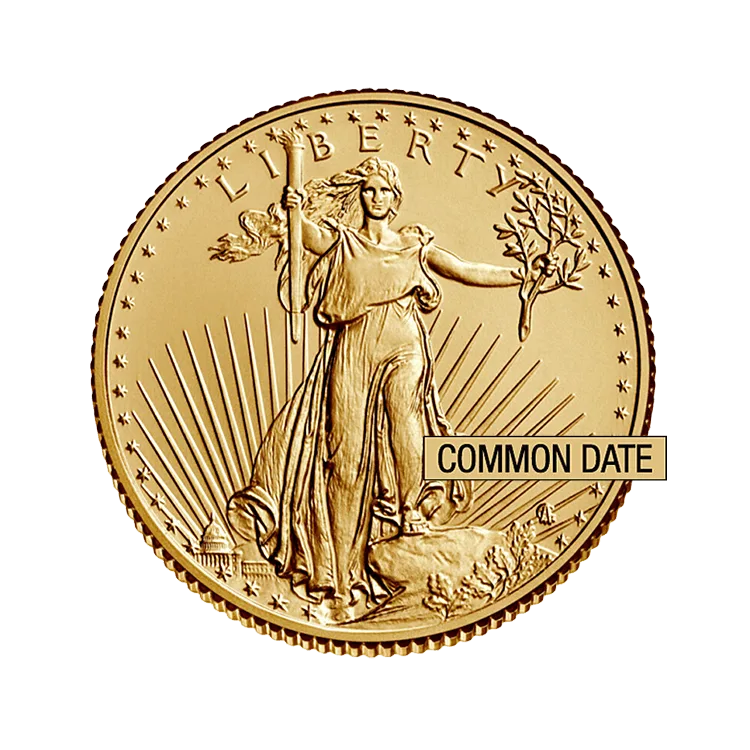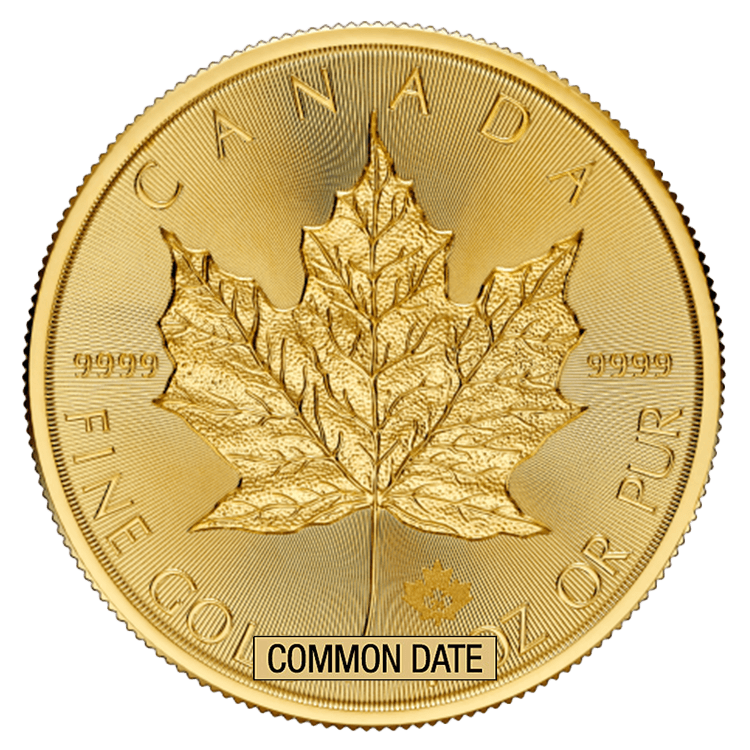
If you’re thinking about adding physical gold to your investment strategy, one question inevitably arises: Should I buy gold bars vs gold coins? It’s a great question — and the answer depends on your goals. Whether you’re focused on liquidity, ease of storage, or maximizing resale value, understanding the key differences can help you make a confident, informed choice.
Bars vs. Coins: What’s the Difference?
Before we dive into the practical considerations, let’s define the basics:
- Gold Coins are minted by government institutions (like the U.S. Mint or Royal Canadian Mint) and are legal tender. Popular choices include the American Gold Eagle and the Canadian Gold Maple Leaf.
- Gold Bars (also known as gold bullion bars) are typically produced by private refiners or mints and come in a wide variety of sizes, from 1 gram to 400 ounces.
Now, let’s break it down by what matters most.
Liquidity: How Easy Is It to Sell?
Coins are generally more liquid than bars. Why? Their smaller size, global recognition, and legal tender status make them easier to trade, especially in uncertain economic times. A one-ounce gold coin is more accessible to a broader range of buyers than a 10-ounce bar, making it easier to sell quickly if needed.
That said, bars aren’t illiquid by any means — especially if they’re from reputable mints and in common weights (like 1 oz, 10 oz, or 1 kilo). But when speed and simplicity matter, coins tend to have the edge.
Storage: What’s More Space-Efficient?
Gold bars win when it comes to compact, efficient storage. Because they’re generally uniform in shape and available in larger weights, bars are easier to stack and store in tight spaces — especially in professional vaults like those offered through GoldSilver.
Coins, while still easy to store, take up slightly more space per ounce due to their shape and packaging. If you’re investing in significant quantities, bars offer a cleaner, more consolidated storage solution.
Resale Value: Which Has the Better Return?
Both bars and coins are valued primarily for their gold content, but coins often carry slightly higher premiums due to their minting and legal tender status. However, these premiums can work in your favor during resale—especially for widely recognized coins.
Bars typically have lower upfront premiums, making them a cost-effective way to maximize your gold ounces for each dollar. Just be sure to choose bars from trusted sources (like those available through GoldSilver) to ensure strong resale demand.
So… Which One’s Better?
Here’s a simple way to think about it:
- Buy coins if you want maximum flexibility, quick resale options, and the peace of mind that comes with global recognition.
- Buy bars if you’re looking to invest larger sums, prioritize efficient storage, and want to stretch your dollars into more gold.
And remember — you don’t have to choose just one. Many smart investors hold a mix of both, using coins for quick liquidity and bars for long-term storage and growth.
Why Investors Choose GoldSilver
At GoldSilver, we offer only the most recognized bullion products — no collectibles, no confusing markups. Just investment-grade coins and bars designed for serious investors. Whether you prefer the flexibility of coins or the cost-efficiency of bars, we make it easy to buy, store, and sell whenever the time is right.
Still unsure about gold bars vs gold coins? Our team can help you weigh your options, so you can invest with clarity and confidence.
Investing in Physical Metals Made Easy
Open an AccountGet Gold & Silver Insights Direct to Your Inbox
Join thousands of smart investors who receive expert analysis, market updates, and exclusive deals every week.
- ⏰ Timely alerts on major price moves and important events
- 📢 Market updates from Mike Maloney & Alan Hibbard
- 💡 Strategies to profit from this rare opportunity

Disclaimer: This content is provided for informational purposes only and does not constitute financial advice. You should always perform your own due diligence and consult with a licensed financial advisor before making any investment decisions.














